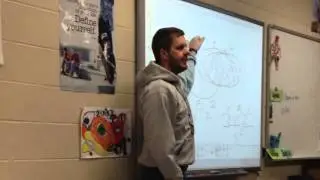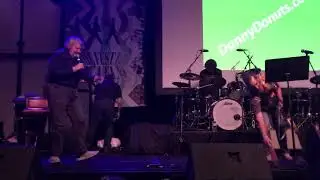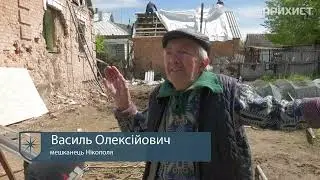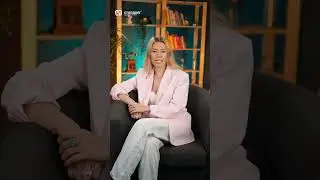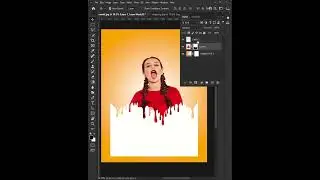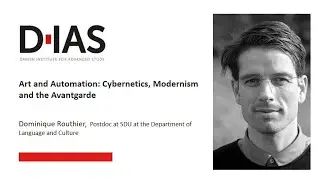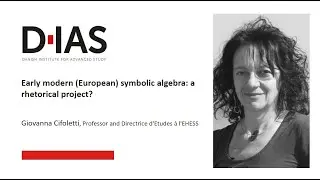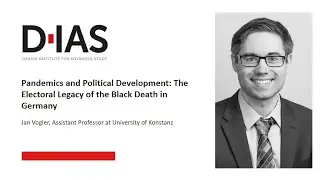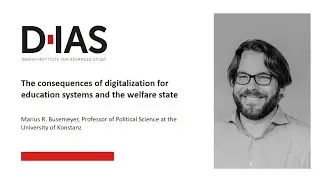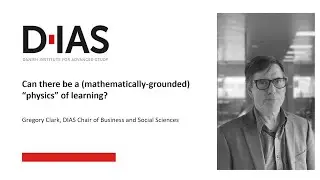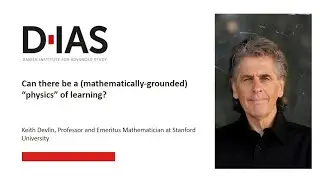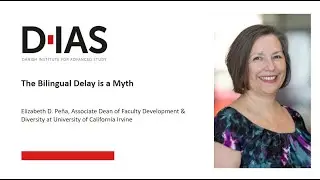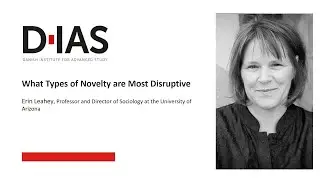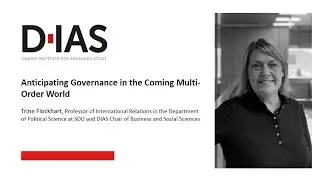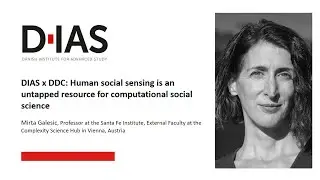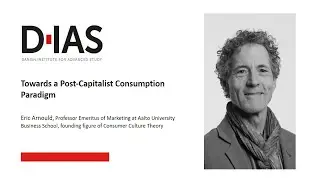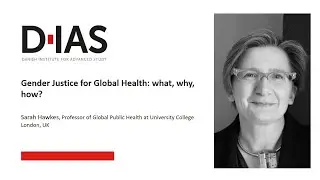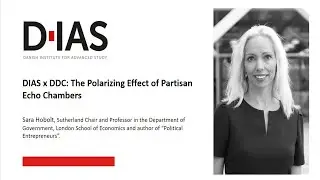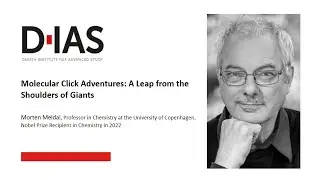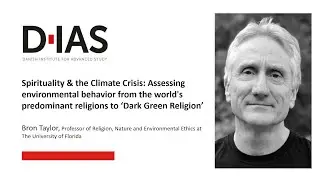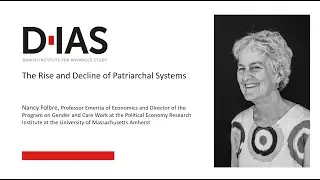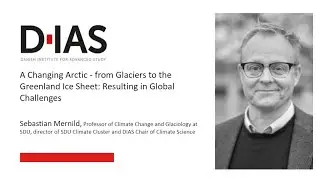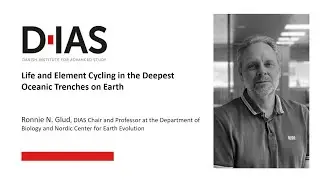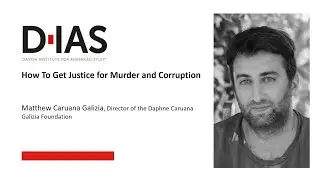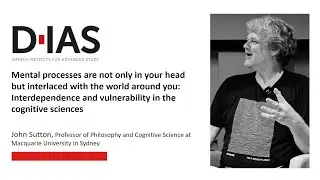Fred Vallée-Tourangeau - Making Creativity Visible
Link to the video shown in the lecture:
• Nile Rodgers Tells the Story of David...
Creativity: It is everywhere and yet it is, I would contend, poorly conceived. Psychologists, and I am one of them, are possibly the worst equipped to research creativity. In part because it overflows, it spills out of the brain. This is not to say the brain/mind is too creative, that it’s a supply issue; it’s more a containment issue: creativity is not in the brain, not even in the person. It’s important to watch out for tautologies. To say that an ‘insight’, an ‘aha’ moment, is the cause or the source of a breakthrough doesn’t explain much.
Or to say that creative personalities or creative cognition or creative organizations are the cause of creativity map out the same empty analytic landscape (the same theoretical desert).
Thus, to explain creativity you shouldn’t start with it, your explanation should be couched in non-creative ingredients and processes out of which a product is fashioned and is deemed creative. Research methods, lest we forget, are performative, they create certain realities. The disciplinary methods that psychologist have traditionally brought to bear on creativity reify something that offers little purchase on the phenomenon of creativity.
It is arresting to listen to artists speak of their work, to pore over their diaries, to follow them, or analyse video data of plying their craft. Through these ethnographies, you come across all manner of ingredients, features, and processes that go unmeasured by psychologists. Here are three: (1) Materiality. A sculptor will say, ‘clay thinks for me’. They mean that materiality of the object guides and constrain certain actions. (2) Contingency. The old saying ‘no plan survives contact with reality’ captures the inevitable juxtaposition and layering of unplanned events that map the trajectory of any output deemed creative. (3) Objects. Artwork, but this applies to any material form of innovative work (essay draft, maquette, sketch), is dynamic and heteromorphic. The object constructed is organic, it evolves, mutates, changes over time and space.
In my work, I cast creativity as a process. It’s a process that operates on an object, but the object also controls the process. If you want to understand innovation, pay attention to the object and its multiple incarnations (or instaurations). You should pay attention to the object more than to the actors that shape it. In this talk, I review work in and out of the laboratory that banks on a granular ethnographic method to reveal the process of creativity, to make it visible.
-
Danish Institute for Advanced Study (DIAS) is a national elite center at University of Southern Denmark (SDU) that sets the framework for excellent research.
We offer an extensive program of different prestigious lectures and we aim to inspire groundbreaking ideas through the meeting of minds within all disciplines.
DIAS include chairs from all five faculties at SDU and three external chairs from the University of Copenhagen. The most important core in DIAS we believe is our team of 16 very promising DIAS Assistant Professors.
https://www.sdu.dk/en/forskning/dias
Watch video Fred Vallée-Tourangeau - Making Creativity Visible online, duration hours minute second in high quality that is uploaded to the channel DIAS - Danish Institute for Advanced Study 01 January 1970. Share the link to the video on social media so that your subscribers and friends will also watch this video. This video clip has been viewed 311 times and liked it 7 visitors.


